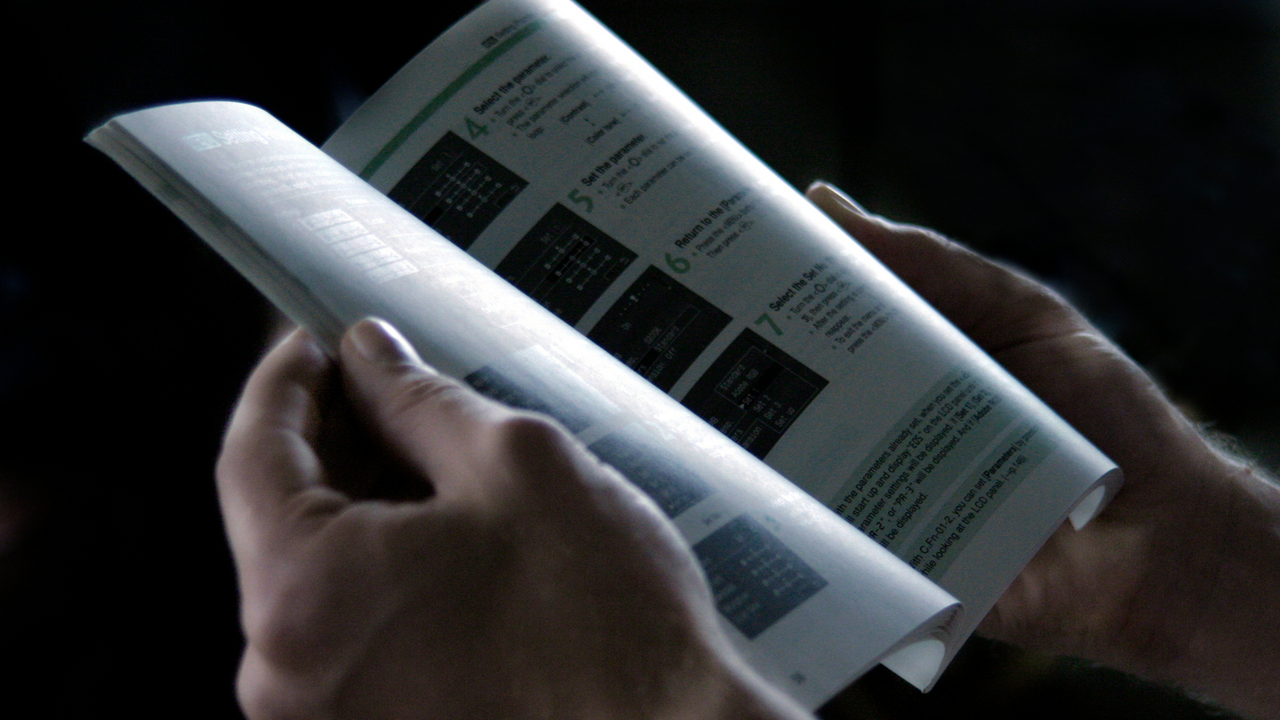Safety Manual Basics and Why They’re Important…

Operating drones safely is the responsibility of every commercial drone pilot. From the moment we take off to the moment we land, we should never fly our drones illegally or unethically.
Since drones first came on the scene, people have been concerned over mid-air collisions and drones losing power and falling on the head of some unsuspecting person. While some accidents have happened, most seem to be caused by unlicensed individuals breaking the rules.
To avoid causing an accident, you should always follow safe flying procedures. Admittedly, it is sometimes hard to remember everything you need to know about safety. This is where having a safety manual comes in handy.
A safety manual doesn't need to be anything complicated. After all, what good is a binder that is several hundred pages long if you are never going to open it?
A basic manual or binder should include a description of pilot qualifications, best practices, and what to do if an accident occurs. Let's briefly discuss each of these and why they are important.
Whether you are a single pilot operation or you have several pilots flying for you, listing pilot qualifications is essential. All pilots in the safety binder should have their information listed, including their Part 107 license and any special training they have had. Before flying, this information acts as a reference of who can fly various drones and mission types and helps to prevent untrained individuals from flying.
The best practices section will be the bulk of your manual. Here you will discuss everything from start to finish of flying operations. Common elements of this section include the following.
- Identifying safety equipment (vests, cones, hard hats, etc.)
- Preflight checklists
- Flying Guidelines (this should be tailored for each type of mission, listing altitude and speed restrictions if an observer is needed, special waivers, etc.)
- Postflight checklists
If you build this section correctly, and the pilot in command follows everything listed in the manual, you have almost no chance of any unsafe flying occurring.
Hopefully, you'll never have an accident while flying, but it can happen. Your safety manual should give the operator everything they need to deal with an accident should one occur. You'll need to deal with the immediate issue first, like helping someone injured. Once the smoke has cleared, look to your safety manual to help generate an accident report.
Your accident procedures should include some of the following.
- Who to contact once there is an accident (include phone numbers)
- What information to collect from all parties involved, including witnesses (contact information, statements, etc.)
- A list of what photos need to be taken of the incident
So, your manual doesn't need to be complicated, but it should have everything you need to prevent a bad day from happening. If an accident occurs, it should have everything you need to mitigate the incident by collecting the correct information and knowing who to report it to. If you build a good manual and follow its procedures, your chances of having an accident are minimal.
Article Written by David Daly


